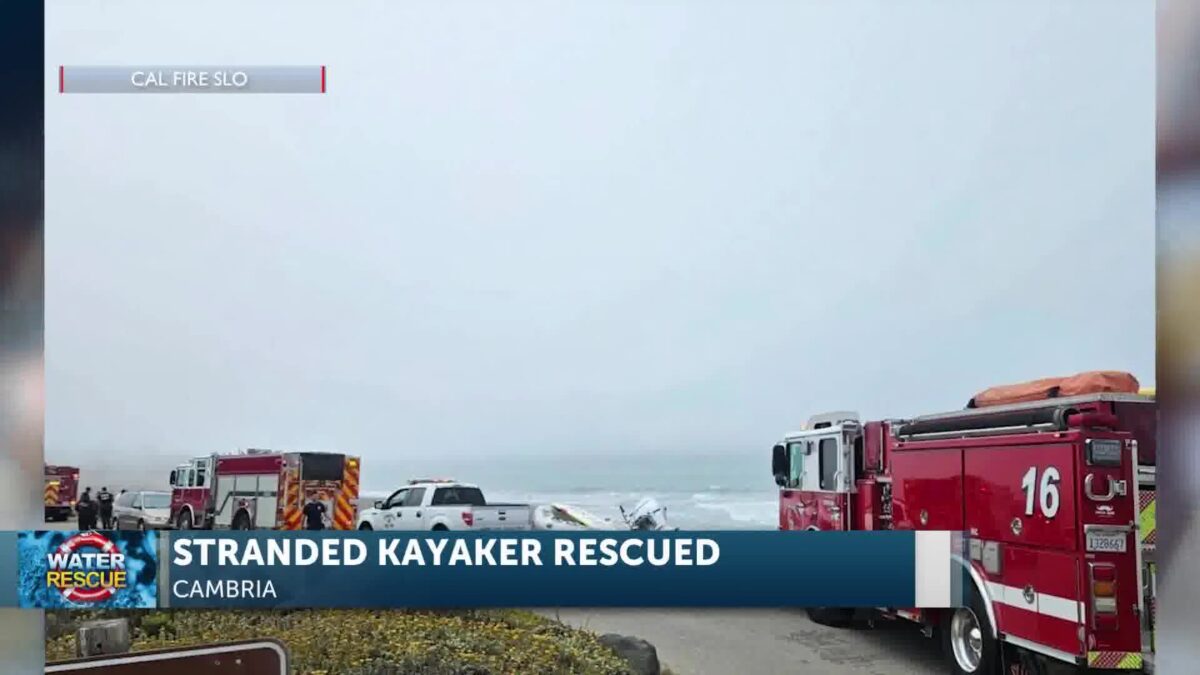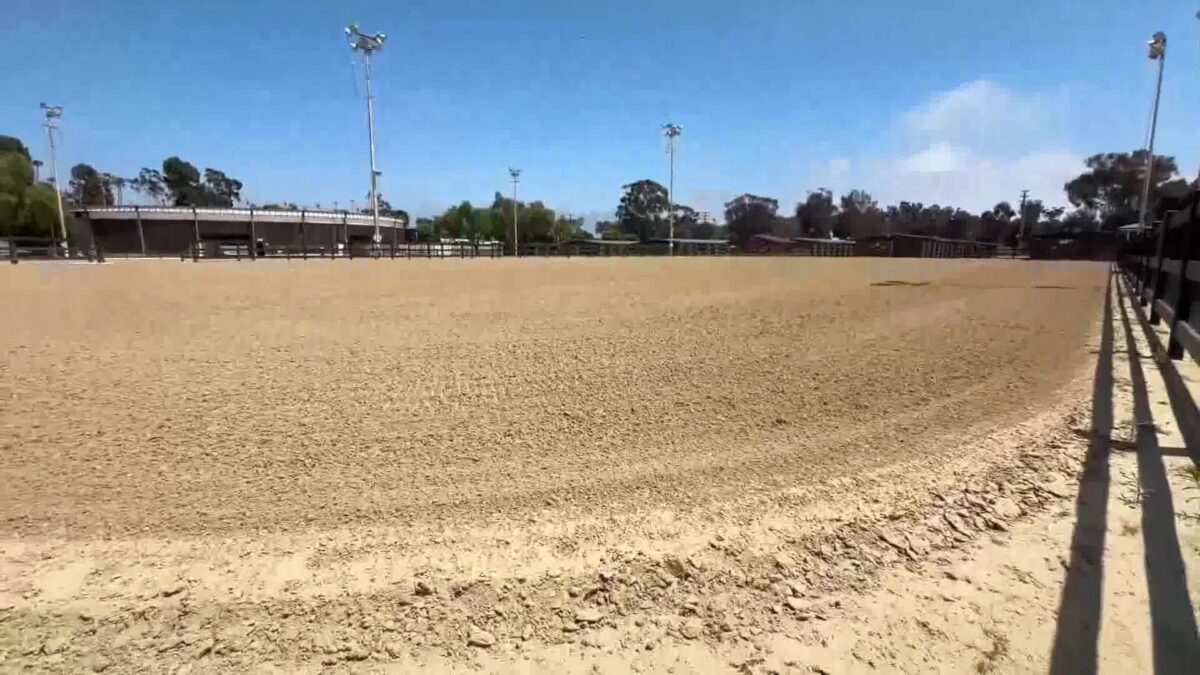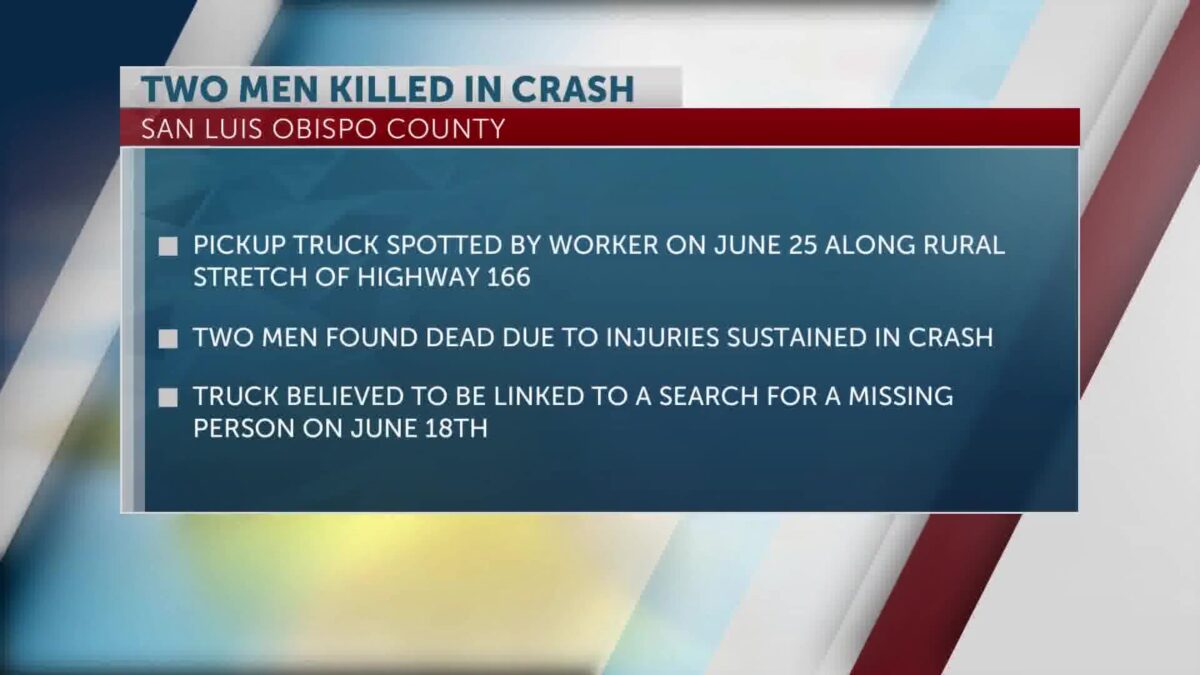Alissa Orozco
SAN LUIS OBISPO, Calif. – The San Luis Obispo County Grand Jury (SLOCGJ) released a report this week as part of their investigation into San Luis Obispo’s housing crisis, fueled by Cal Polytechnic State University’s growing student population overflowing into residential neighborhoods.
Overall findings stated in the report say the city failed to effectively enforce municipal codes to keep fraternity and sorority activity out of residential neighborhoods, and failed to address ongoing off-campus issues such as unsanctioned parties that have resulted in noise issues, trespassing, property damage, and unruly events.
The report says the lack of rule enforcement and dismissal of public complaints has caused tension between long-time residents and the student population.
Since 2005, both the university and City of San Luis Obispo have seen population growth – but Cal Poly in particular has had significant expansion. The Jury says that while the abundant student population has contributed positively to the city’s vibrancy and economic development, its presence is better associated with contributing to the city’s housing crisis.
From 2005 -2025, the population of San Luis Obispo grew from 44,380 to 50,612, or a 14% increase. The university’s population grew from 18,278 to 23,016 – a 26% increase. In a 20-year span, the university admitted nearly 5,000 more students, meaning students now comprise nearly 46% of the city’s total population.
This surge in admitted students has reshaped the dynamics between them and long-time residents, as Cal Poly students can now be found living in single-family homes, unsanctioned street parties are taking place in once quiet neighborhoods, and unauthorized fraternity houses are operating in zoning-restricted residential areas.
The San Luis Obispo County Grand Jury’s investigation into these issues was conducted in response to continuous complaints from the public claiming:
“The City of SLO and Cal Poly officials were failing to enforce existing rules and municipal ordinances, that citizen complaints were ignored, and neither took sufficient action to restore order.”
The main issue at large is that, due to a lack of housing options on-campus, students are now infiltrating residential neighborhoods – and as result, removing housing options for those wanting to move to the coastal city, and in some cases, pushing residents out of their own neighborhoods.
A large portion of the report focused on the disruptive unsanctioned street parties thrown by students, including the infamous St. Fratty’s Day. The chaotic event would draw thousands of attendees every year since its creation in 2009 to celebrate St. Patrick’s Day and the end of the school term.
During St. Fratty’s Day in 2015, the event made national headlines when 30 or more students caused a rooftop to collapse at 348 Hathway Street. Ten people were injured, and one got away with life-threatening injuries.
In 2023, the SLO City Council expanded an existing Safety Enhancement Zone (SEZ) ordinance to cover a period of time before and after St. Patrick’s Day. This allowed authorities to double fines for noise, alcohol, and other unruly behavior, but despite this, the following year attracted the biggest crowd in the event’s history.
An estimated 7,000 attendees came to St. Fratty’s Day in 2024, contributing to the numerous reports of property damage to nearby residences and personal property. Complaints from neighbors say some intoxicated partiers trespassed onto their property, climbed up on rooftops and power poles, and vandalized cars.
Fireworks were set off in the Alta Vista neighborhood between 3:00am and 4:00am, and additional reports included students participating in dangerous activities such as climbing utility poles, partying on rooftops, urinating and vomiting in public, passing out in residents’ yards and on rooftops, and leaving trash throughout the neighborhoods.
Additional chaos erupted on campus, dorms halls experienced damage so extensive that Cal Poly had to close some for two days for repairs. Dining facilities and markets reported widespread theft during the morning hours.
A Statement from Cal Poly President Jeffrey D. Armstrong following the 2024 St. Fratty’s Day event said:
These selfish and harmful actions are unacceptable for individuals who have been granted the privilege to study, live and work in the Cal Poly community. It is confounding and deeply disturbing that a portion of our own students so ignorantly and callously destroyed parts of our campus — including the very places they and so many other students live. We expect our students to have fun on our campus and in our local community as part of their time at Cal Poly — this is a key element of the growth, development and self-discovery within the university experience. However, that does not include behavior that is destructive to property, potentially criminal in nature, or harmful to one’s self or fellow community members.
I know our Cal Poly students to be intelligent and accomplished. As such, we strive to treat every student with respect and as responsible young adults. Our expectation in return is that students act like responsible young adults. If that basic respect is too much to ask of some of you, then this university is not the right fit for you.
One method used in the investigation included interviews with San Luis Obispo city residents, city leadership, city personnel (such as Code Enforcement), and leadership from Cal Poly. The SLOCGJ say attempts to confirm the validity of the alleged citizen complaints against the SLOPD were blocked by two senior police official’s unwillingness to grant an interview.
This year, an alternative event was thrown to take the place of St. Fratty’s Day. It provided entertainment, beer vendors for those over the age of 21, free food, security, and a sobering center. Strict rules discouraged non-students from coming into town and on campus. No guests were allowed to stay on campus, and parking was limited.
The concert at Cal Poly was deemed a success, with over 6,000 students in attendance.
Despite the event’s success, the jury found:
“Prior to 2025, the city failed to effectively provide a multi-pronged, cohesive approach to manage or shut down large unsanctioned, costly and unruly events such as St. Fratty’s Day. This created an unsafe environment, with increasing size of unruly crowds, property damage, injuries and public disturbances.”
Complaints also say SLO police have failed to enforce SLO Municipal Code 9.12, which makes its unlawful for any person to willfully or negligently make or continue to make any noise that disturbs the peace and quiet of any neighborhood.
Noise complaints filed to police about house parties have reached an overwhelming amount. Reviewed copies issued by the SLOPD during the 2023-2024 school session found that noise citations in neighborhoods near campus were issued an average of more than 3 times per week. This totaled 139 citations in the Alta Vista neighborhood, with one house alone receiving 17 citations.
SLO Police employ the assistance of Cal Poly students in the Student Neighborhood Assistance Program (SNAP) to tackle house parties, but neighbors say these efforts do very little. Weekend house parties generate 100 or more students at one address, and SNAP students lack the authority to issue actual fines or a conventional ticket.
SNAP students do not go to lettered fraternity houses, and parties often continue even after visits by police.
A contributing factor of these noise complaints are the “illegal fraternities” that resided and continue to reside in residential neighborhoods labeled as R-1/R-2. The city is divided into zones to allow for orderly function and planned development; making it illegal per the Municipal Code for fraternities to operate in an R-1/R-2 neighborhood. However, fraternity members will rent houses in R-1/R-2 zones and hold fraternity-sponsored events.
During SLOCGJ interviews with City officials, five individuals confirmed their knowledge of the existence of illegal fraternities, but claim identifying illegal fraternities in residential neighborhoods is difficult and labor intensive.
“After investigating, if enough evidence exists, code enforcement will issue an Notice of Violations (NOV) and if they are in an R-1/R-2 zone, tell them to cease all fraternity-related activities. Code enforcement will follow-up within 30 days to verify compliance.”
The jury sent out 30-40 Advisory Notices and 22 NOVs to property owners, in which many revealed they were unaware of the fraternity events that were being held at their property.
At the time, Cal Poly and code enforcement were working together to combat the illegal fraternity issue, but Cal Poly stopped assistance, stating privacy concerns, and revised their AB 524 report to remove some of the addresses that were previously provided in the document.
Back in January, results from a neighborhood review done by the code enforcement team identified and citied 12 locations that were operating as fraternity houses in R-1/R-2 zones. Based on the SLOCGJ investigation, the number of illegal fraternities may be more than 40 locations currently operating in the city.
As a result, the jury found:
The city has failed to effectively enforce municipal codes that prohibit fraternity and sorority activity in R-1/R-2 zones in part due to the difficulty in identifying houses that are hosting fraternity-type events, such as rush events and repeated parties. This inaction has resulted in an increase of illegal fraternities holding events in residential neighborhoods making these areas almost unlivable for most residents.
Fraternities are restricted to areas with more common and private outdoor spaces, known as R-3/R-4, and require a Conditional Use Permits (CUP) to operate per the city’s Municipal Code. These CUPs are granted to fraternities under certain conditions such as: not more than one resident can be in occupancy per sixty square feet, the fraternity or sorority shall remain affiliated and in good standing with the Inter-fraternity Council of Student Life and Leadership, the landlord shall provide names and telephone numbers of responsible persons, and the maximum number of persons allowed on site for routine meetings and gatherings shall not exceed the limit.
In January 2025, the SLOCGJ received a copies of the 16 CUPs granted by the city to a fraternity or sorority. The Cal Poly website lists a total of 36 affiliated fraternities and sororities, and a public report submitted to the State by Cal Poly in 2024 did have 16 fraternities and sororities the same as the number of CUPs in force. The reports says,
“evidently, this means that of the 36 recognized fraternities and sororities, 20 either do not have a chapter house or are in chapter houses that are off-campus and not owned or leased by the fraternity or sorority and therefore do not meet the definition of an affiliated chapter house.”
Failure to apply for a permit could be due to various reason, but because Cal Poly is not required to submit the addresses of these fraternities, it is difficult to directly determine why they may or may not have a permit to operate.
Residents can appeal for a permit to be revoked or request that a permit not be approved; however, the current cost to make such an appeal is $2,583.46 (in 2017 the appeal fee was $281.00).
Residents say this much too high a cost, and hinders the public’s participation in local decision-making processes.
Recommendations:
The jury listed a total of seven recommendations for city officials to work in collaboration with the university and residents to address the housing issues.
They suggest proactive enforcement measures, rather than reactive measures be taken to completely eliminate unsanctioned street parties altogether, and prevent social gatherings from escalating to that point.
“This approach would foster a safer community while promoting shared accountability among all parties involved.”
They encourage the city to develop a formal procedure to identify illegal fraternities and adopt more uniform conditions for CUPs, and further enforce existing requirements.
“The City should consider using future CUP violations to determine if it is appropriate to revise the conditions to make them more relevant for today’s environment. This may require consideration of additional code enforcement staff or alternative work schedules.”
The jury also asked the city council to reconsider their appeal fee structure, to ensure financial burdens do not interfere with public complaints and concerns.
Lastly, they suggest the SLO City Police Department receive formal guidelines and training on how to respond to requests from the SLOCGJ and other oversite bodies.
The San Luis Obispo City Council, The San Luis Obispo City Manager, and The San Luis Obispo City Planning Commission have 90 days to respond to their designated sections.
Read the full report from the SLOCGJ here.
The Latest Breaking News, Weather Alerts, Sports and More Anytime On Our Mobile Apps. Keep Up With the Latest Articles by Signing Up for the News Channel 3-12 Newsletter.
Click here to follow the original article.












